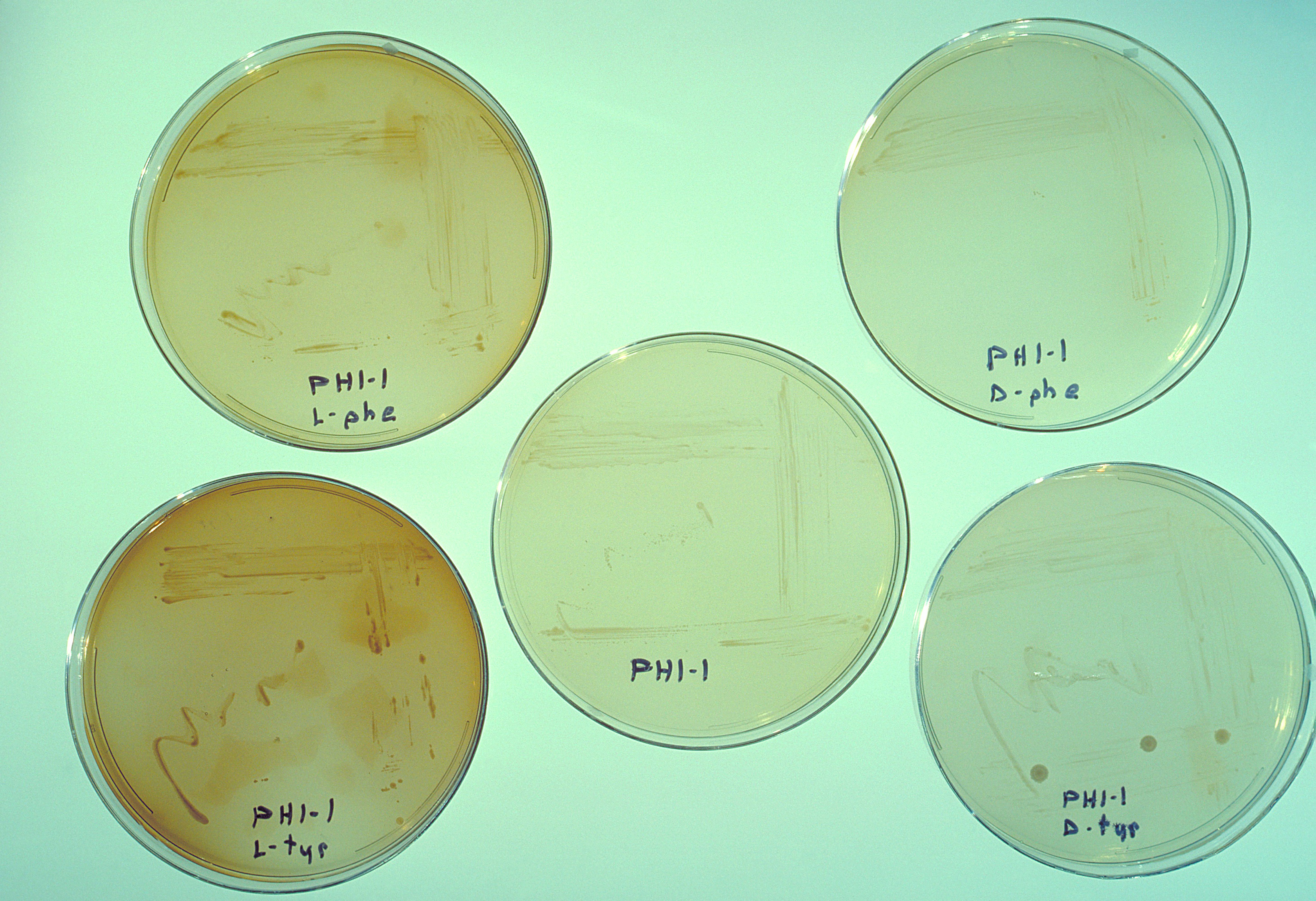
Legionnaires' disease is a form of atypical pneumonia caused by any species of legionella bacteria, quite often legionella pneumophila. Coronavirus disease programme update your. A review of the history of the infection known as legionnaires' disease reveals that it can be traced back as far as 1976, to a convention of the american legion (a veterans association similar to the. Legionnaires' disease and pontiac fever cannot be spread from one person to another. Legionnaires' disease is a severe form of pneumonia — lung inflammation usually caused by infection. Legionnaires' disease is a form of atypical pneumonia caused by any species of legionella bacteria, quite often legionella pneumophila.
Signs and symptoms include cough, shortness of breath, high fever, muscles pains, and headaches. Legionnaires' disease is a serious type of pneumonia (lung infection), while pontiac fever is a milder infection that usually gets better without medical care. | domain = bacteria | phylum = proteobacteria | class = gammaproteobacteria | order = legionellales | family = legionellaceae | genus = legionella | species = legionella pneumophila | ncbi: Coronavirus disease programme update your. People get legionnaires' disease when they breathe in a mist or vapor (small droplets of water in the air) containing the bacteria. Smoking, a history of heavy drinking. Legionnaires' disease is a microbial infection of the lungs that can be potentially life threatening. Legionnaires' disease is a form of atypical pneumonia caused by any species of legionella bacteria, quite often legionella pneumophila. The name of the disease (and of the bacterium) derives from a 1976 state convention of the american legion, a.

People get legionnaires' disease when they breathe in a mist or vapor (small droplets of water in the air) containing the bacteria.
The two illnesses can be diagnosed with similar tests, but are treated differently. Legionnaires' disease and pontiac fever (legionellosis) facts. This is how legionnaires' disease got its name. A review of the history of the infection known as legionnaires' disease reveals that it can be traced back as far as 1976, to a convention of the american legion (a veterans association similar to the. Legionnaires' disease is one of a group of similar diseases collectively known as legionellosis. Film about the history, cause and effect of legionnaires' disease. Legionnaires' disease is caused by a type of bacteria called legionella. What is the history of legionnaires' disease? The name of the disease (and of the bacterium) derives from a 1976 state convention of the american legion, a. Nausea, vomiting, and diarrhea may also occur. Most people catch legionnaires' disease by inhaling the bacteria from water or soil. Legionnaires disease (ld) is the pneumonia caused by legionella pneumophila. Legionnaires' disease (ld) is a severe, potentially fatal acute pneumonia acquired by droplet inhalation of water contaminated by bacteria of the genus legionella. Legionnaires' disease is a form of atypical pneumonia caused by any type of legionella bacteria. It is caused by the legionella bacteria.
Legionella bacteria cause legionnaires' disease and pontiac fever (legionellosis). The name of the disease (and of the bacterium) derives from a 1976 state convention of the american legion, a. This is how legionnaires' disease got its name. Legionnaires' disease and pontiac fever. This video was made from material preserved by the bfi national archive.
A review of the history of the infection known as legionnaires' disease reveals that it can be traced back as far as 1976, to a convention of the american legion (a veterans association similar to the.
Legionnaires' disease (legionellosis) can present as two types of illness: Legionnaires' disease is a microbial infection of the lungs that can be potentially life threatening. Legionnaires' disease and pontiac fever (legionellosis) facts. Signs and symptoms include cough, shortness of breath, high fever, muscles pains, and headaches. This video was made from material preserved by the bfi national archive. Film about the history, cause and effect of legionnaires' disease. Coronavirus disease programme update your. This historic photograph depicted centers for disease control (cdc) laboratorian george although the medical case had been solved, legionnaires' disease has not been confined to the history books. Legionnaires' disease and pontiac fever cannot be spread from one person to another. Legionnaires' disease is caused by a type of bacteria called legionella. The name of the disease (and of the bacterium) derives from a 1976 state convention of the american legion, a. Legionnaire's disease (legionellosis)introductiondisease history, characteristics, and transmissionscope and distributiontreatment and preventionimpacts and issuesbibliography. The two illnesses can be diagnosed with similar tests, but are treated differently.
Legionnaires' disease and pontiac fever cannot be spread from one person to another. Legionnaires' disease and pontiac fever. Others members of this group include pontiac fever and lochgoilhead fever but legionnaires' disease is. Legionnaires' disease is a serious type of pneumonia (lung infection), while pontiac fever is a milder infection that usually gets better without medical care. Legionnaires' disease is a form of atypical pneumonia caused by any type of legionella bacteria. Nausea, vomiting, and diarrhea may also occur. Legionnaires' disease usually causes fever, chills, a cough and shortness of breath. Coronavirus disease programme online course:

Learn the symptoms of legionnaires' disease and pontiac fever, and read about treatment and prevention.
People get legionnaires' disease when they breathe in a mist or vapor (small droplets of water in the air) containing the bacteria. Nausea, vomiting, and diarrhea may also occur. A review of the history of the infection known as legionnaires' disease reveals that it can be traced back as far as 1976, to a convention of the american legion (a veterans association similar to the. The name of the disease (and of the bacterium) derives from a 1976 state convention of the american legion, a. Legionnaires' disease is caused by a type of bacteria called legionella. Coronavirus disease programme online course: Legionnaires disease (ld) is the pneumonia caused by legionella pneumophila. This is how legionnaires' disease got its name. Legionnaires' disease, also known as legionellosis, is a form of atypical pneumonia caused by any type of legionella bacteria.3 signs. Legionnaires' disease is a form of atypical pneumonia caused by any type of legionella bacteria. Legionnaires' disease and pontiac fever. Learn the symptoms of legionnaires' disease and pontiac fever, and read about treatment and prevention. Legionnaires' disease is acquired by inhaling the legionella bacteria, usually carried as an aerosol excerpted from the complete idiot's guide to dangerous diseases and epidemics 2002 by david. Legionnaires' disease is one of a group of similar diseases collectively known as legionellosis. Legionnaires' disease usually causes fever, chills, a cough and shortness of breath.
Legionnaires' disease usually causes fever, chills, a cough and shortness of breath legionnaires' disease. This often begins two to ten days after being exposed.

Legionella bacteria cause legionnaires' disease and pontiac fever (legionellosis).

It is caused by the legionella bacteria.

Some people also have muscle aches, headache, tiredness, loss of appetite and diarrhoea.

Legionella was discovered after an.

Learn the symptoms of legionnaires' disease and pontiac fever, and read about treatment and prevention.

Symptoms of legionnaires' disease usually begin two to 10 days after being exposed to the bacteria.

Legionnaires' disease is a severe form of pneumonia — lung inflammation usually caused by infection.

Related online courses on physioplus.

Nausea, vomiting, and diarrhea may also occur.

Signs and symptoms include cough, shortness of breath, high fever, muscles pains, and headaches.

It is caused by the legionella bacteria.

Legionnaires' disease is a severe form of pneumonia caused by a waterborne bacteria called mdhhs keeps track of cases of legionnaires' disease in the state, and they've provided us with.

Legionnaires' disease is one of a group of similar diseases collectively known as legionellosis.

Most people catch legionnaires' disease by inhaling the bacteria from water or soil.

The two illnesses can be diagnosed with similar tests, but are treated differently.

Legionella was discovered after an.

Legionnaires' disease is a severe type of pneumonia caused by the bacteria legionella.1 the species legionella pneumophila causes most cases, but other species of legionella can also cause.

Legionnaires' disease, also known as legionellosis, is a form of atypical pneumonia caused by any type of legionella bacteria.3 signs.

Legionnaires' disease, also known as legionellosis, is a form of atypical pneumonia caused by any type of legionella bacteria.3 signs.

Legionnaires' disease is a form of atypical pneumonia caused by any type of legionella bacteria.

It is caused by the legionella bacteria.

Legionnaires' disease is a microbial infection of the lungs that can be potentially life threatening.

Nausea, vomiting, and diarrhea may also occur.

This often begins two to ten days after being exposed.

Learn the symptoms of legionnaires' disease and pontiac fever, and read about treatment and prevention.

This video was made from material preserved by the bfi national archive.

Legionnaires' disease and pontiac fever (legionellosis) facts.

Legionella was discovered after an.

Legionnaires' disease (ld) is a severe, potentially fatal acute pneumonia acquired by droplet inhalation of water contaminated by bacteria of the genus legionella.
Legionnaires' disease is caused by a type of bacteria called legionella.

This video was made from material preserved by the bfi national archive.